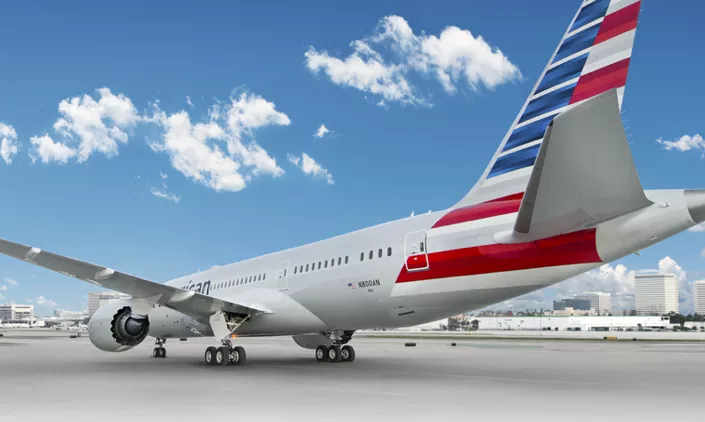Airline ticket prices are known for their frequent fluctuations, often changing multiple times throughout the day. For travelers, this can be both confusing and frustrating. Understanding the reasons behind these daily price changes can help you navigate the complexities of airline pricing and potentially secure better deals. Let’s explore the factors that contribute to these daily variations.
Why Do Airline Ticket Prices Change Every Day?
1. Dynamic Pricing and Yield Management
Airlines employ sophisticated pricing strategies, primarily dynamic pricing and yield management, to maximize their revenue. Dynamic pricing involves adjusting ticket prices based on real-time demand and supply. Yield management allows airlines to forecast demand and adjust seat availability and pricing accordingly. These systems analyze various factors, including booking patterns, historical data, and current market conditions, to set prices that optimize profitability.
2. Fluctuations in Demand
Demand for flights is highly variable and can change due to numerous factors such as seasonality, holidays, special events, and even weather conditions. For instance, during peak travel seasons like summer vacations or major holidays, demand surges, leading airlines to increase prices. Conversely, during off-peak times, demand drops, prompting airlines to lower prices to attract passengers. This responsiveness to demand fluctuations is a key reason why ticket prices change daily.
3. Competition Among Airlines
The level of competition on a particular route significantly influences ticket prices. On highly competitive routes with multiple airlines offering similar services, carriers may lower prices to attract customers. In contrast, on routes with limited competition, airlines have more pricing power and may maintain higher fares. This competitive landscape leads to daily price adjustments as airlines strive to balance profitability with market share.
4. Fuel Price Variability
Fuel costs constitute a substantial portion of an airline’s operational expenses. Fluctuations in global oil prices can have an immediate impact on ticket prices. Even minor changes in fuel costs can lead airlines to adjust fares accordingly. For example, a slight increase in fuel prices might prompt airlines to raise ticket prices to maintain profit margins, resulting in daily fare changes.
5. Time to Departure and Booking Patterns
The timing of your booking relative to the flight’s departure date plays a crucial role in determining ticket prices. Airlines typically offer lower fares well in advance of the departure date to encourage early bookings. As the flight date approaches and seats fill up, prices tend to rise. This progression is part of the airlines’ revenue management strategies, leading to daily price adjustments based on booking patterns and remaining seat availability.
6. External Factors and Unforeseen Events
Unpredictable events such as natural disasters, political instability, or economic shifts can influence airline ticket prices. For example, during hurricane evacuations, flight prices can surge due to increased demand and limited availability. Similarly, major sporting events or international conferences can lead to a spike in travel demand, prompting airlines to adjust prices daily to reflect these changes.
7. Currency Exchange Rate Movements
For international flights, fluctuations in currency exchange rates can impact ticket prices. If the value of a country’s currency decreases relative to others, the cost of operating international flights can rise, leading airlines to adjust fares accordingly. These currency movements can cause daily variations in ticket prices, especially on international routes.
8. Government Policies and Regulations
Government-imposed taxes, fees, and regulations can affect airline pricing strategies. Changes in aviation-related taxes or the introduction of new fees can lead airlines to adjust ticket prices to maintain profitability. These policy changes can occur unexpectedly, resulting in daily fluctuations in airfare costs.
9. Technological Advancements and Data Analytics
Advancements in technology have enabled airlines to utilize data analytics to a greater extent in setting prices. By analyzing vast amounts of data, including customer behavior, market trends, and competitor pricing, airlines can dynamically adjust fares multiple times a day to optimize revenue. This technological capability contributes to the frequent changes observed in ticket prices.
10. Psychological Pricing Strategies
Airlines often employ psychological pricing tactics to influence consumer behavior. For example, setting prices just below a round number (e.g., $499 instead of $500) can make fares appear more attractive to travelers. These strategies are part of broader marketing efforts and can lead to daily adjustments in ticket prices as airlines experiment with different pricing points to maximize sales.
Conclusion
The daily fluctuations in airline ticket prices result from a complex interplay of factors, including dynamic pricing strategies, demand variations, competition, fuel costs, booking timing, external events, currency movements, government policies, technological advancements, and psychological pricing tactics. By understanding these elements, travelers can better anticipate price changes and make more informed decisions when booking flights. While it’s challenging to predict exact fare movements, staying informed about these influencing factors can enhance your ability to navigate the dynamic landscape of airline pricing.

